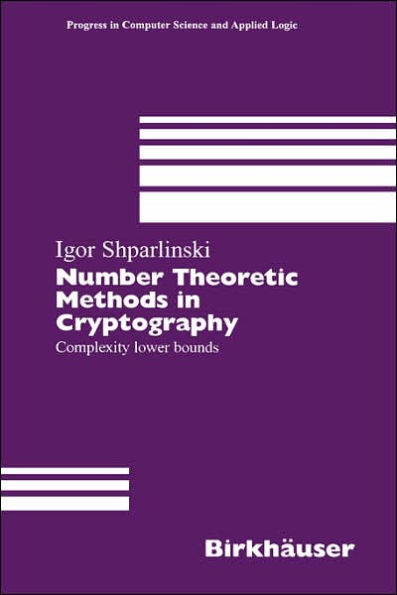5
1
9783764358884


Number Theoretic Methods in Cryptography: Complexity lower bounds / Edition 1 available in Hardcover

Number Theoretic Methods in Cryptography: Complexity lower bounds / Edition 1
- ISBN-10:
- 3764358882
- ISBN-13:
- 9783764358884
- Pub. Date:
- 02/15/1999
- Publisher:
- Birkhäuser Basel
- ISBN-10:
- 3764358882
- ISBN-13:
- 9783764358884
- Pub. Date:
- 02/15/1999
- Publisher:
- Birkhäuser Basel
54.99
In Stock

Product Details
| ISBN-13: | 9783764358884 |
|---|---|
| Publisher: | Birkhäuser Basel |
| Publication date: | 02/15/1999 |
| Series: | Progress in Computer Science and Applied Logic , #17 |
| Edition description: | 1999 |
| Pages: | 182 |
| Product dimensions: | 6.10(w) x 9.25(h) x 0.02(d) |
From the B&N Reads Blog
